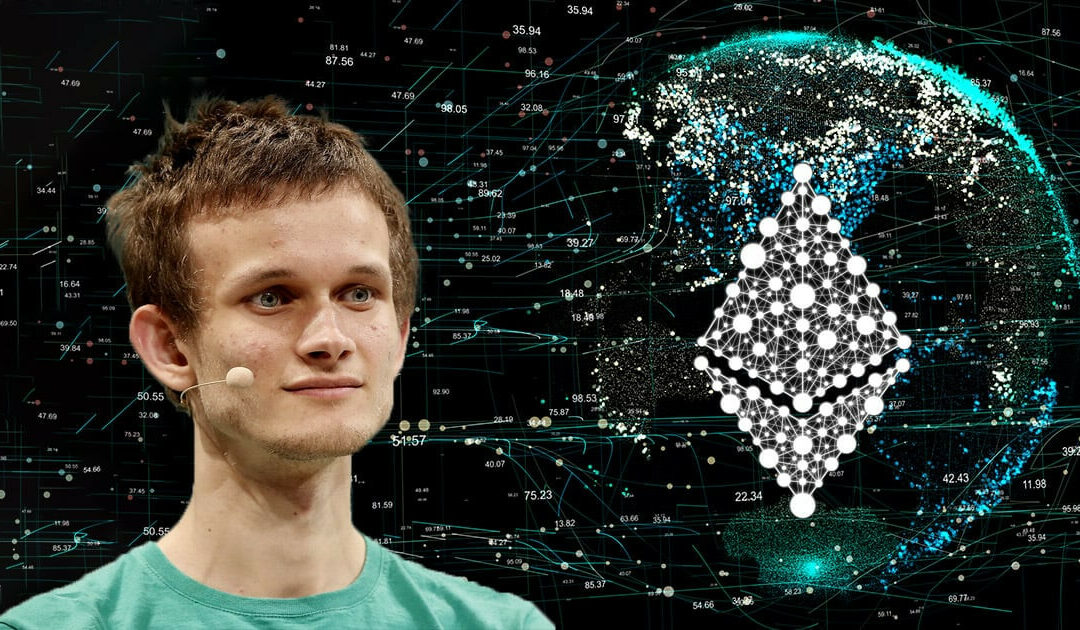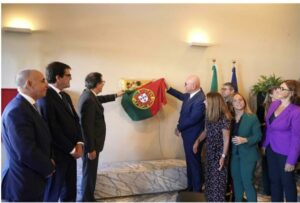Ted Hisokawa
Sep 28, 2024 12:48
Vitalik Buterin addresses the need for clearer alignment in the Ethereum ecosystem, emphasizing decentralization, cooperation, and open standards.
Vitalik Buterin, co-founder of Ethereum, has articulated the pressing need for clearer alignment within the Ethereum (ETH) ecosystem. According to a post on his blog, the primary challenge lies in integrating decentralization and cooperation among diverse stakeholders, including client teams, researchers, layer 2 teams, application developers, and local community groups.
Challenges of Alignment
Buterin emphasizes that the strength of Ethereum’s ecosystem is its diversity. However, this diversity can also lead to fragmentation if not properly aligned. The goal is to ensure that various projects contribute to a unified vision of Ethereum rather than creating incompatible factions.
The concept of ‘Ethereum alignment’ encompasses values alignment (e.g., open source, minimizing centralization, supporting public goods), technological alignment (e.g., adhering to ecosystem-wide standards), and economic alignment (e.g., using ETH as a token where possible). Historically, this concept has been poorly defined, leading to risks of social layer capture, where alignment could mean merely having the right connections.
Making Alignment Legible
Buterin argues that the concept of alignment should be made more legible and decomposed into specific properties represented by measurable metrics. Although these metrics will vary among individuals and evolve over time, some foundational points are already established.
- Open Source: Essential for security and avoiding proprietary lock-in, core infrastructure components should be open source. The gold standard includes the FSF free software definition and OSI open source definition.
- Open Standards: Projects should strive for interoperability with Ethereum’s existing and developing standards. Compatibility with relevant ERCs can serve as a measure.
- Decentralization and Security: Projects should minimize points of trust and centralized infrastructure dependency. Metrics include the walkaway test and the insider attack test, formalized by L2beat rollup stages.
- Positive-Sum: Projects should benefit the Ethereum community and broader world. This includes using ETH as a token, contributing to open source technology, and supporting public goods.
Future Steps
Buterin envisions more entities like L2beat emerging to track how well projects meet these criteria, fostering competition based on alignment rather than social connections. The Ethereum Foundation (EF) should fund such initiatives but remain one step removed to maintain neutrality.
This approach allows organizations and individuals to support projects according to their criteria, making it easier to incentivize alignment. Concerns about ‘who watches the watchers’ can be addressed through separation of powers, with dashboard organizations like L2beat and block explorers serving as examples.
By making different aspects of alignment more legible and avoiding centralization, the concept can become more effective, fair, and inclusive, aligning with the ethos of the Ethereum ecosystem.
For the complete post, visit vitalik.eth.limo.
Image source: Shutterstock









